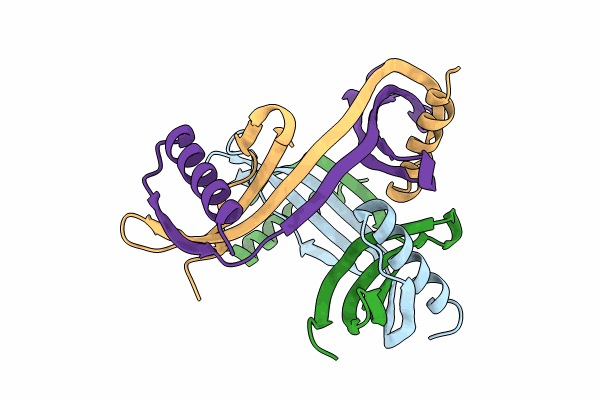
Deposition Date
2023-04-17
Release Date
2023-12-20
Last Version Date
2023-12-27
Method Details:
Experimental Method:
Resolution:
3.10 Å
R-Value Free:
0.29
R-Value Work:
0.28
R-Value Observed:
0.28
Space Group:
C 1 2 1


